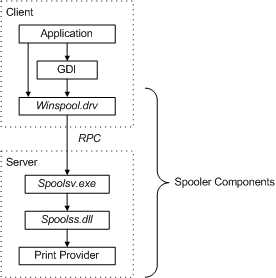嵌入式设备固件提取与漏洞挖掘
前言
一些基础, 有需要, 总结一下.
又因为 “大流行” , 所以拖了许久.
root的shell获取
有root权限就可以为所欲为所欲为所欲为了, 比如说gdbserver写进去直接调试
uboot命令行
其中如成功进入uboot命令行, 那既可以尝试修改kernel的cmdline, 使之成功进入命令行
使用uboot中的printenv来查看env的值, 使用setenv/saveenv来保存env, 使用env来临时设置env, 最后使用run来启动指定的内容
比如这里有提示cmdline如下
其中一般变量bootargs中存在此字符串 且此变量在其他env中存在. 那么修改此env为/bin/bash后进行一个saveenv后, 直接重启就可获得交互式shell了
